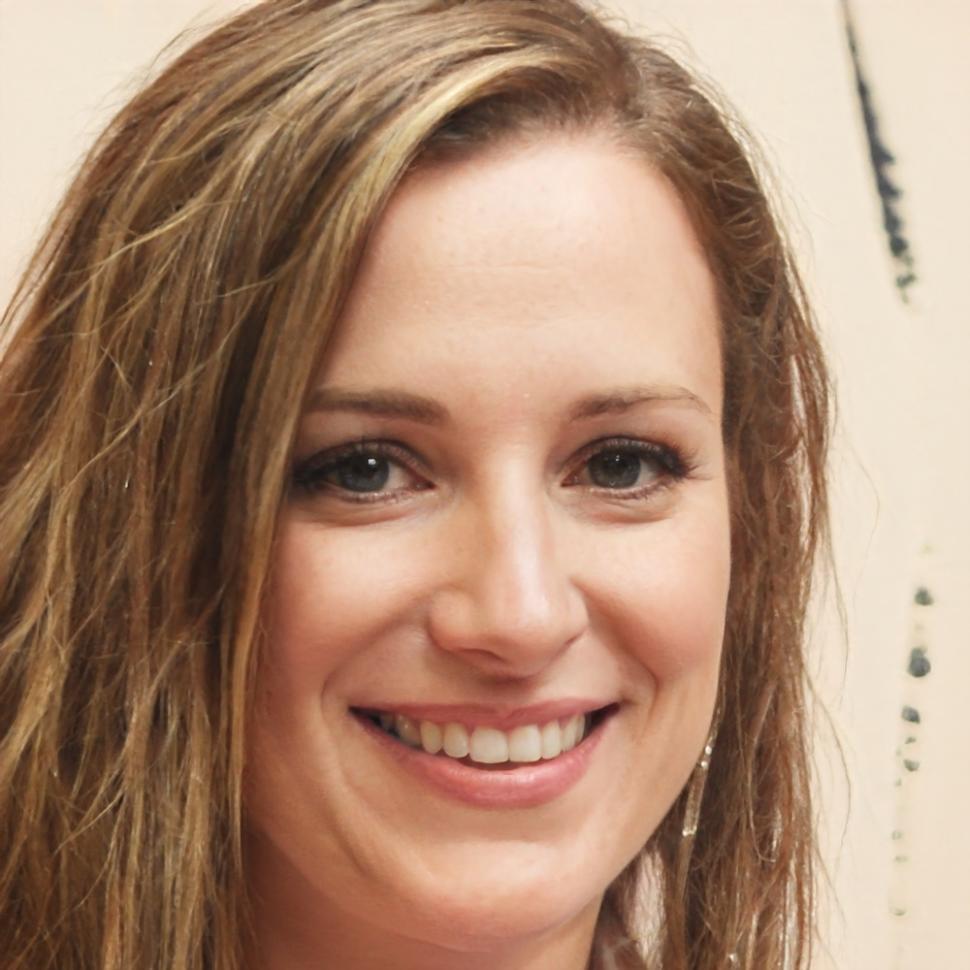Why Does Market Volatility Feel So Unpredictable?
Welcome to Zenayda Belgrano—where education meets individuality. We craft personalized learning paths for curious minds, focusing on programs that make sense of market volatility. Because understanding change isn’t just smart—it’s essential. Ready to explore something truly tailored to you?
Lets start
By the Numbers
-
12+yrs
Faculty experience -
97%
Learning objectives -
92%
Retention statistics -
4x
Educational options -
96%
Industry alignment
Master Market Moves, Navigate Volatility with Confidence
Novices often approach market volatility with a surface-level curiosity—numbers, trends, and the occasional gut feeling. Experts, though? They see patterns in the noise, connections others miss entirely. This difference isn’t just about experience; it’s about how deeply you’ve learned to think. Our framework doesn’t chase flashy theories or recycled strategies. Instead, it dives into the blind spots—those subtle, stubborn gaps where even seasoned professionals falter. What’s the cost of misunderstanding volatility? It’s not just missed opportunities; it’s the inability to anticipate, adapt, or even trust your decisions under pressure. Developing true competency isn’t about memorizing what works—it’s about seeing why it works, when it doesn’t, and what that tells you. (Think about it: how often do we confuse confidence with clarity?) This is where transformation happens.
The training begins with a sharp focus on the foundation—concepts like liquidity, risk, and the subtle yet relentless push-pull of supply and demand. Participants often find themselves moving through dense material at first, tracing the anatomy of market swings with painstaking care. It’s not unusual for someone to pause mid-session, staring at a graph that seems alive with contradictions. One student might ask, “Why does this drop look smooth when it felt chaotic at the time?”—a question that lingers long after the module ends, unraveling more layers than it answers. Later phases return to these foundational ideas, but they come wrapped in more complex scenarios—sudden shocks, cascading sell-offs, or even the eerie calm before volatility spikes. Recurring themes—like the role of herd behavior or the outsized impact of a single outlier event—thread through the lessons, sometimes unexpectedly. For instance, students might encounter a case study of a market collapse caused not by global forces but by a single, poorly timed tweet. It’s fascinating, but also unsettling—how do you prepare for something so capricious? One challenge that quietly dominates is the sheer amount of nuance. Patterns emerge, sure, but they often dissolve just as quickly under scrutiny. Some participants grow restless, even frustrated, with the lack of definitive answers. But isn’t that the nature of markets? You might spend hours decoding a trend, only for it to reverse the next day. The training embraces this uncertainty, though, encouraging students to stop seeking a perfect system and start thinking in probabilities instead. It’s not always satisfying, but neither are markets.
Guest Perspectives
-

Perla
Utterly impressed by how group discussions unraveled the layers of market volatility—collaborating made complex ideas click.
-

Marlon
Revolutionary! Gaining clarity on market volatility felt like decoding chaos—each fluctuation now tells a story I can trust.
-

Daniella
Ever wondered how to make sense of market swings? Understanding volatility gave me confidence to make smarter decisions.
Embark on Discovery: The Experience in Our Courses
-
Improved ability to create and deliver online presentations
-
Greater confidence in using online platforms
-
Increased awareness of online professional development
-
Improved multitasking
-
Increased adaptability
-
Increased attention to digital security
-
Strengthened critical evaluation skills
-
Enhanced ability to assess virtual teamwork project communication

Flexible Plans and Pricing
Professional online education should feel straightforward—no hidden fees or confusing terms. Knowing exactly what you’re getting upfront helps you focus on what really matters: the learning itself. Whether you're looking for a comprehensive course or just a quick skill boost, clarity in pricing and what’s included makes all the difference. Select the learning experience that aligns with your aspirations:
-
Beginner
Understanding market volatility at the "Beginner" level starts with simplifying complexity—focusing on what’s practical and relatable rather than overwhelming theory. People often choose this option because they want clarity without drowning in jargon or charts. Two key aspects stand out: first, you'll learn to interpret basic patterns in market shifts, like recognizing when a sudden dip might signal opportunity rather than disaster. And yes, there’s a focus on building confidence—because let’s face it, volatility can feel intimidating when you’re new. One specific feature? Real-world examples that connect abstract concepts to everyday financial decisions, which makes it surprisingly approachable. If you’re looking to ease into understanding volatility without feeling like you need a finance degree, this could be a good starting point.
-
Advanced
The "Advanced" access level stands out for delivering deep, hands-on tools that refine your ability to anticipate and interpret market volatility patterns—tools you won’t find in the basic tier. One key element is its exclusive real-time scenario modeling, which lets you experiment with stress-testing strategies under shifting market conditions—this isn’t just theoretical; it’s about applying insights in ways that actually stick. Another defining feature? Priority access to live expert sessions, where you can ask nuanced questions and dig into the kind of granular detail that text resources just can’t replicate. That said, keep in mind this tier assumes you’re already comfortable with core concepts—it’s built for those ready to dive deeper, not to cover the basics.
-
Professional
The "Professional" access level stands out by offering deep analytics tailored for nuanced decision-making and real-time insights that feel almost immediate (a noticeable upgrade from standard updates). What really sets it apart, though, is the inclusion of advanced simulation tools—these let participants test strategies under various volatility scenarios, which, as some users have mentioned, gives a confidence that’s hard to replicate otherwise. In practice, it feels like moving from observing patterns to truly engaging with them, shaping decisions in ways that resonate more directly with the complexities of the market.
-
Supreme
The "Supreme" option stands apart by offering an immersive mentorship experience that goes beyond surface-level insights—think real-time scenario analysis paired with personalized feedback that feels almost like having a guide in the room. It’s less about textbook principles and more about cultivating instinct through access to nuanced, often-overlooked market signals. Plus, participants consistently mention how the deep-dive workshops foster a sense of clarity that’s rare in this field—like finally connecting the dots on something that’s been just out of reach.
Our Business Expertise
Zenayda Belgrano
Baden
When students at Zenayda Belgrano approach Baden for help understanding market volatility, they step into an experience that’s anything but conventional. He starts by pulling them out of the textbook and into the real world—examining recent market swings or dissecting how a particular sector reacted to unexpected news. It’s not just about memorizing principles; it’s about wrestling with the chaos of uncertainty. His classroom feels alive, balancing sharp challenges to students’ assumptions with a steady undercurrent of encouragement. One day, they’re debating the ripple effects of policy changes; the next, they’re piecing through a case study from one of Baden’s consulting gigs. A student once joked that he doesn’t just teach markets—he teaches how to think like a trader in a storm. Baden’s approach is rooted in his dual life: part educator, part practitioner. Before Zenayda Belgrano, he spent years navigating the messy realities of the financial world, and it shows. He has this knack for predicting the stumbling blocks students will hit before they even know they exist. The classroom itself is unpretentious—no glossy presentations, no tech for tech’s sake. Instead, there’s a whiteboard covered in half-erased scribbles, and discussions that sometimes veer into borderline arguments. One of his quirks? He’s always got some obscure data point tucked away—like how a single tweet once shaved billions off a company’s value—ready to throw into the mix at just the right moment. It’s not polished, but that’s part of what makes it work. What stands out most isn’t just the knowledge Baden imparts, though. It’s the shift in how students begin to approach problems. They leave his class not only sharper about market volatility but more confident in tackling ambiguity anywhere. Some describe it as learning to “sit with uncertainty,” a skill that spills well beyond finance. Between teaching and consulting, Baden moves fluidly between theory and practice, dragging the lessons of one into the other. And while he rarely talks about it, those consulting gigs? They’re not your run-of-the-mill stuff—he’s often called in when things are particularly messy. That messiness, in a way, defines his teaching. It’s not always clean, not always simple, but it’s real.
Get in TouchNow
Consenting to Cookies
Agree to our usage of cookies by continuing to use our sites.